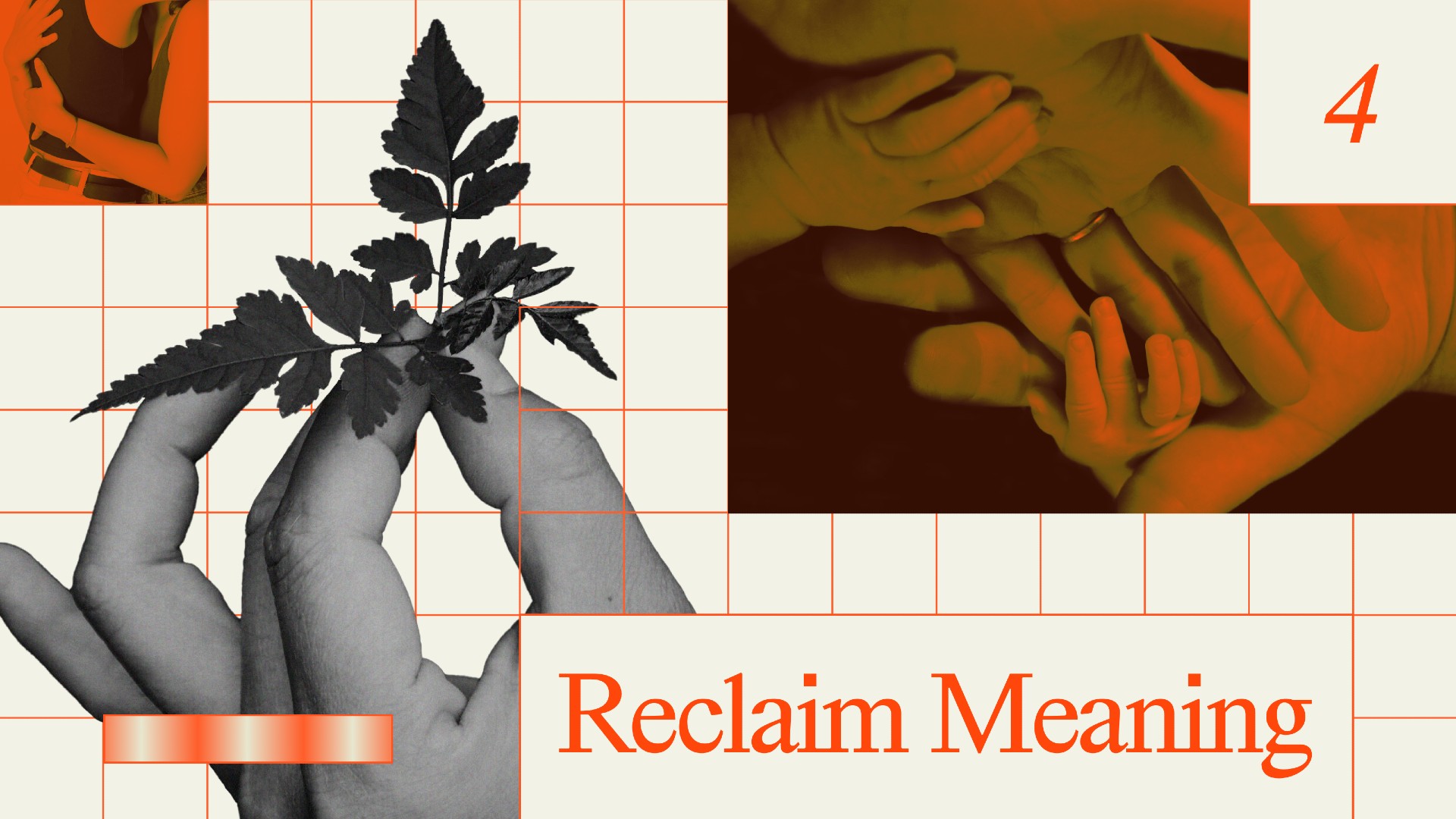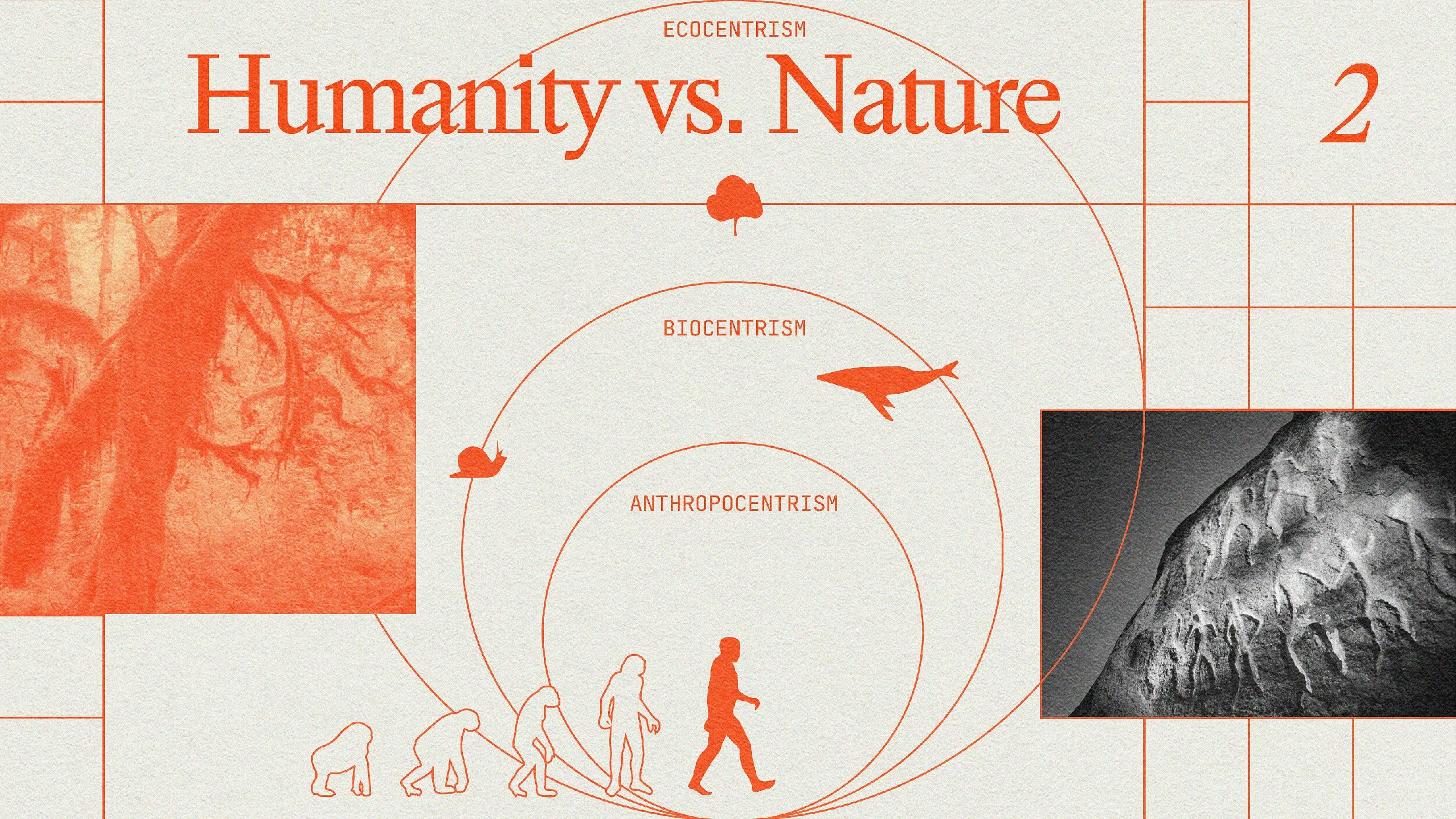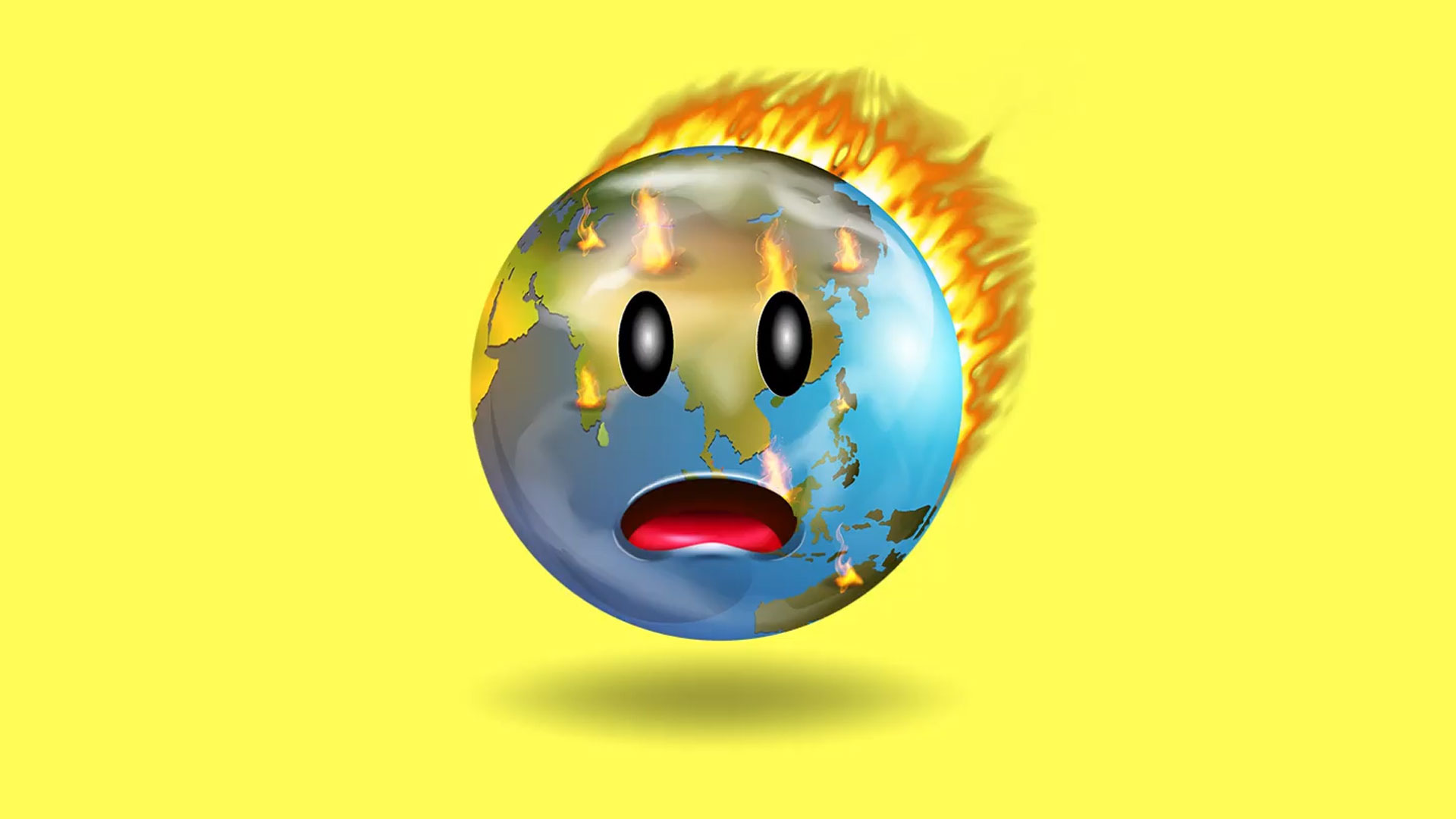The population is growing, says Bill Nye, but it’s important to note that the rate of growth is slowing down. Why? Because the more our societies educate girls, the fewer children they have once they’re women. The population will very likely rise to 9 or 10 billion people and the world does have enough resources to look after us all, provided we do three things to redistribute resources globally, not just in developed nations. We need to produce reliable renewable energy to get electricity to every individual on the planet. We need to use that clean energy to increase the quality of water sanitation systems in developing nations so we lose less time and lives combating diseases, time which children could better spend in school. We must continue to educate girls and women, as quickly as we can, which means providing access to the internet and other information resources, globally. It’s in our best interest; if women have more control over their lives and reproductive choices, the world’s resources become more ample for each individual. Bill Nye’s most recent book is Unstoppable: Harnessing Science to Change the World.
Bill Nye’s most recent book is Unstoppable: Harnessing Science to Change the World.
Martina: Hey Bill it's Martina from Slovakia. I'm studying medical chemistry and I have two questions to be answered. The first one is the question how would you probably solve the problem of still growing population? And the second question is very important is…
Bill Nye: Will I marry you? So Martina, I'll get to your second question at the end. A growing population is a problem, but notice that the rate that the human population is growing is slowing down and this is almost certainly not so much a consequence of finite resources, which is what people like Malfis speculated late in the 18th century, it's not a question of finite resources it's apparently raising the standard of living of women and girls, people like you. As women and girls get better educated they have fewer kids and the kids they do have have more resources so they're better taken care of and they are more successful. So what we want to do, in my world over here in science education, is get women and girls around the world as educated as best we can as fast as we can so that there will be more resources per person in the coming years. The world's population is almost certainly going to go to nine billion humans, it very well may go to ten billion. And apparently the earth has enough resources for that and we just have to redistribute or reconfigure the way we use energy, water and the way we distribute information.
These are solvable problems and I'm excited to be working on them everyday. Like even right now I'm working on of them. So how do we go about doing this? It's important to keep in mind that if somebody in Niger has five kids, the impact of each of those five kids on the world's environment is far, far less than the effect of me on the world's environment. I live in the United States in a developed country; we use energy like crazy; we use clean water like crazy; most of us have access to the Internet. My environmental impact is way higher because I fly around in planes; I got here on an electric subway train; we're on the electric computer systems right now so my effect in the environment is way higher than kids in the developing world. But what we want to do is not do less for people in the developed world, we want to do more for people in the developing world with less. We want to use our resources more efficiently and that's where young people like you come in. You're studying chemistry and biology, you are going to make the changes to our agricultural systems, our disease management and the way we educate the people in your class and the people coming behind you, I'm talking about women and girls. We're going to change all that.
And so I talked about this all the time, we want renewably produced reliable electricity for everybody in the world, we want clean water for everybody in the world and we want access to information to the Internet for everybody in the world because when you provide those things people have a chance to get educated. They have access to educational materials, they have access to good food and a healthy lifestyle because they don't have to combat diseases as much and they become more productive. And so it is women like you that are going to make all this happen.
Now as far as whether or not I'll marry you, I'll have to say it's unlikely. I don't want to say categorically no because I got a glimpse of you, but I just wouldn't count on it. I just wouldn't count on it. We live in different countries; we're from different cultures; my assessment based on the videos we're of different ages with different life experiences and you would just want something else in about 15 minutes. But thank you. I'm flattered for the question. Carry on.







